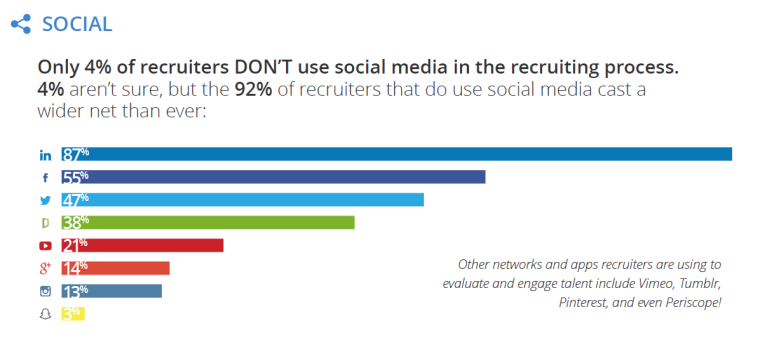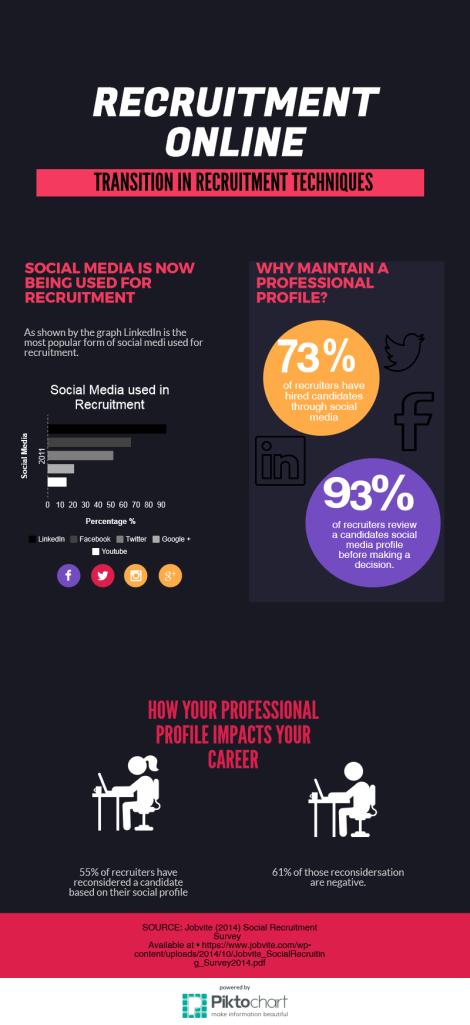
Topic 3: A Professional Persona
We have already discussed the relevance of having an online identity and how we usually end up having multiple identities to separate various aspects of our lives such as the separation between our social and professional lives.
Continue reading →



















